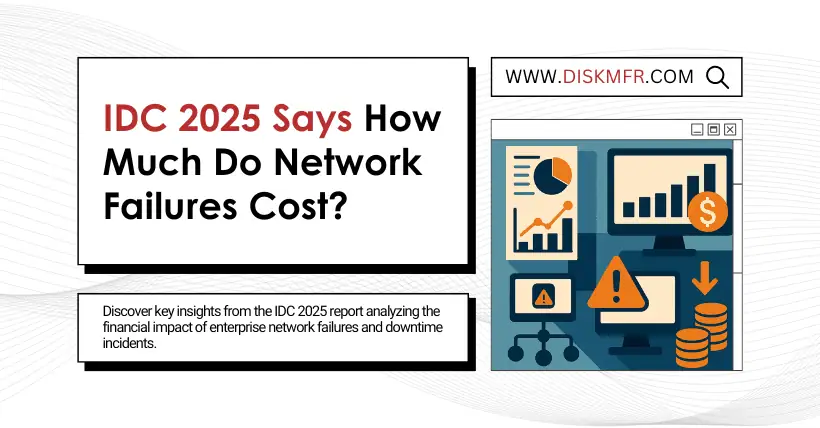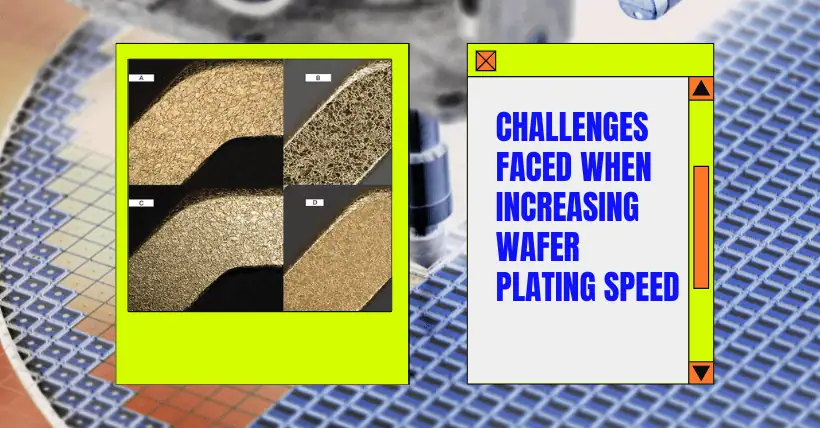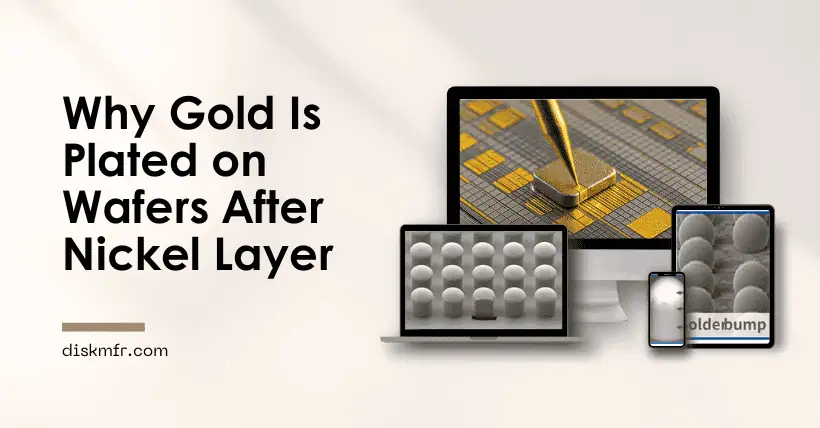Why Are Semiconductor Wafers Tilted in Implantation?
Tilting wafers during ion implantation helps prevent ion channeling, ensuring accurate placement and consistent dopant depth control.
We'd love to share the latest industry news and security expertise about storage products based on our manufacturing experience, please subscribe to our newsletter to get exclusive suggestions.
Tilting wafers during ion implantation helps prevent ion channeling, ensuring accurate placement and consistent dopant depth control.

ECO, or Engineering Change Order, refers to design changes made during or after the wafer tape-out phase to correct issues.

Gaming test reveals if Ryzen 5 5600 bottlenecks GeForce RTX 5060—see real performance insights and smooth gameplay results.

Discover key insights from the IDC 2025 report analyzing the financial impact of enterprise network failures and downtime incidents.
Learn how to safely store and transport semiconductor wafers to prevent contamination, damage, and loss during shipment and handling.

The wafer electroplating rate cannot be increased indefinitely because semiconductor processes generally follow the principle of “more haste, less speed.”

Testing gold bump hardness post-annealing ensures structural integrity, bonding strength, and long-term performance in microelectronic applications.

Gold is plated over nickel to improve conductivity, resist oxidation, and ensure reliable bonding in semiconductor manufacturing processes.
